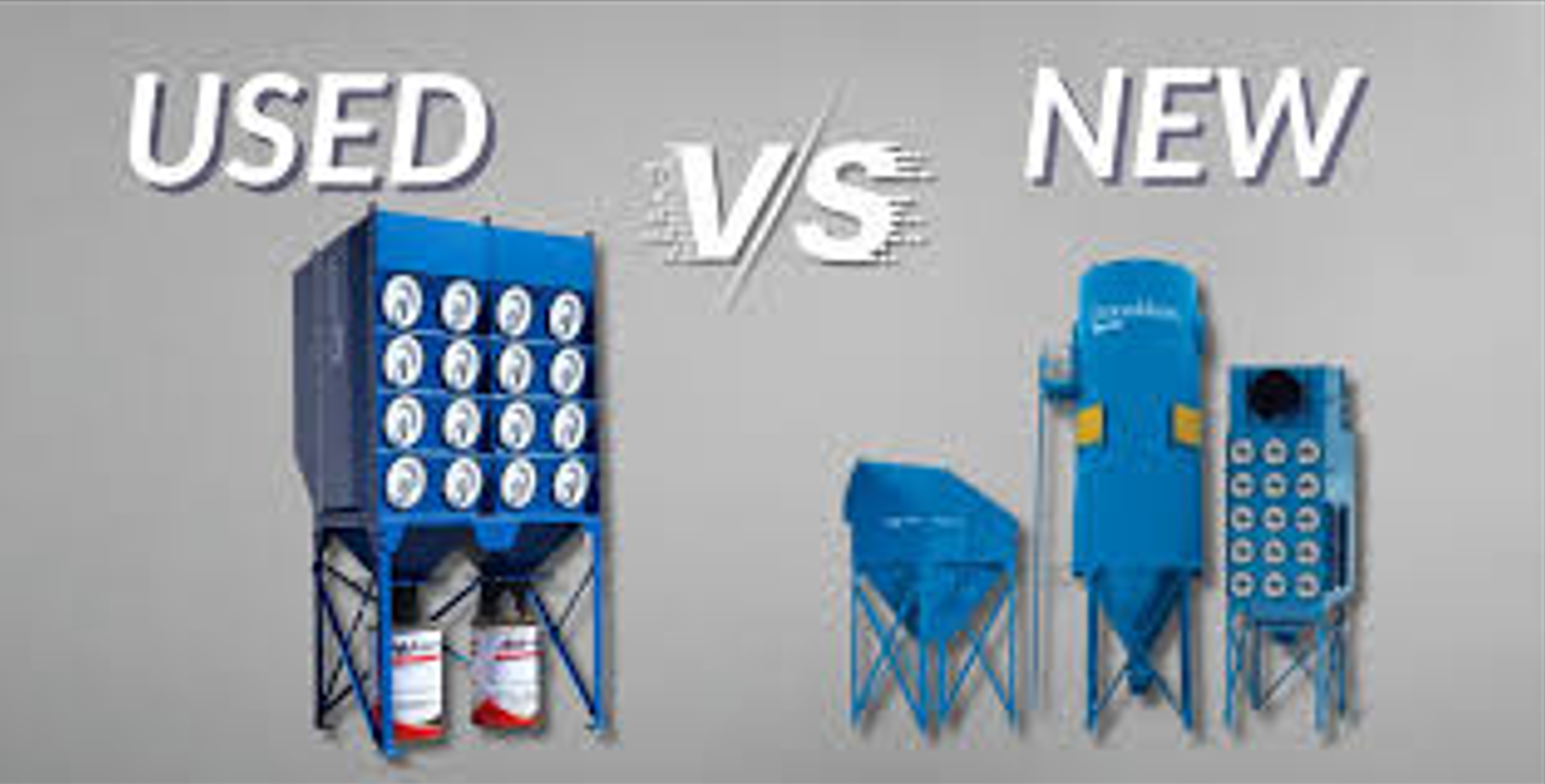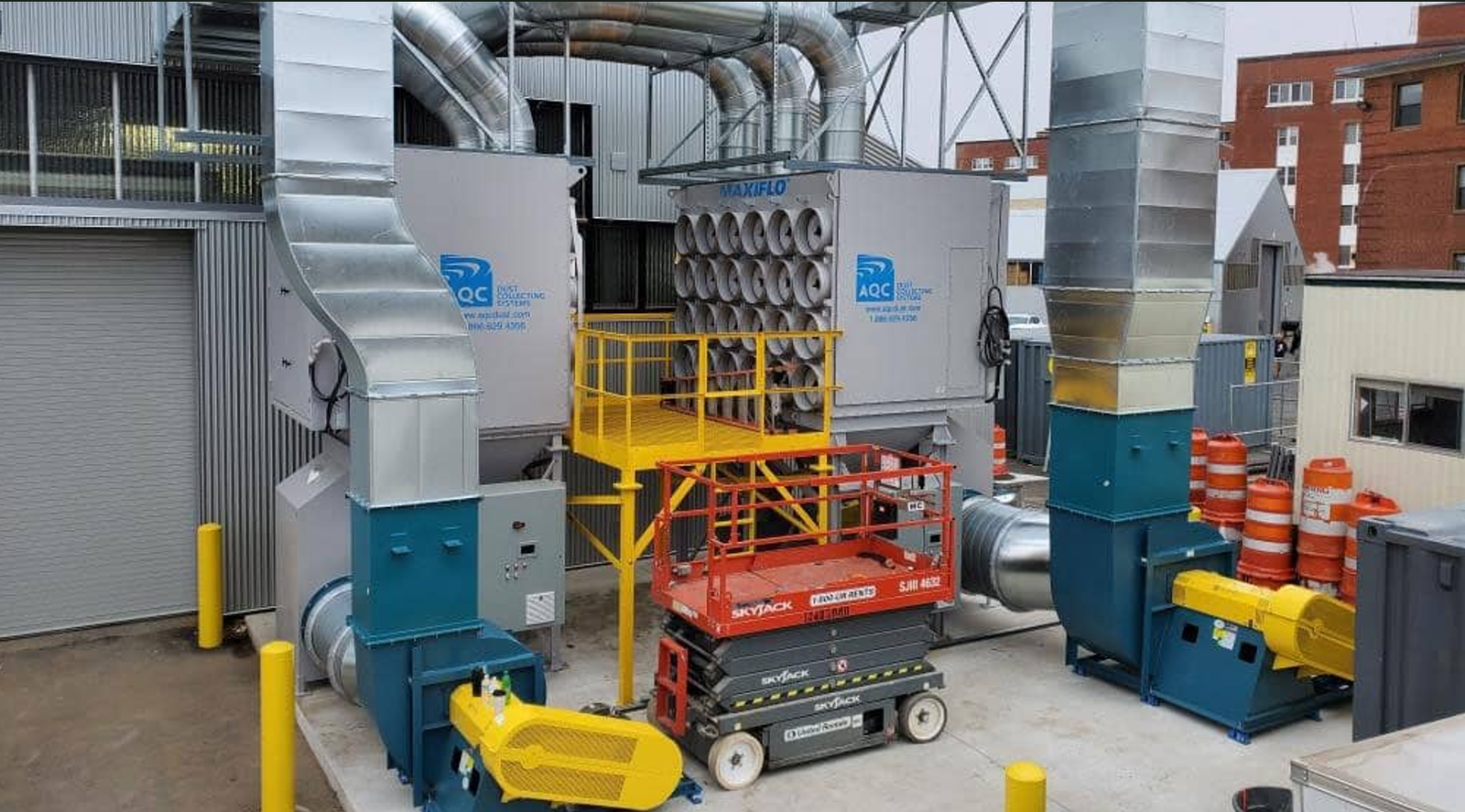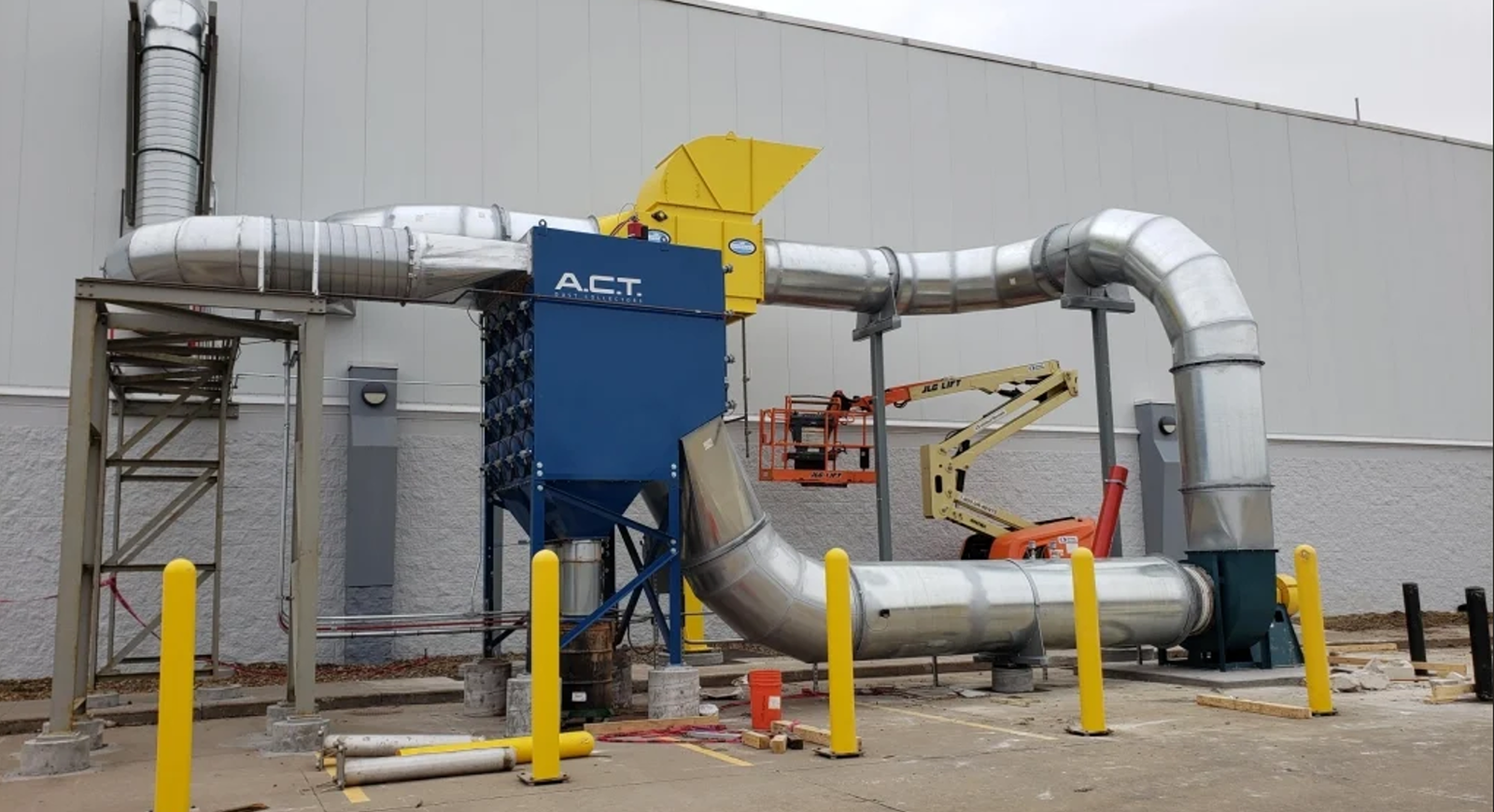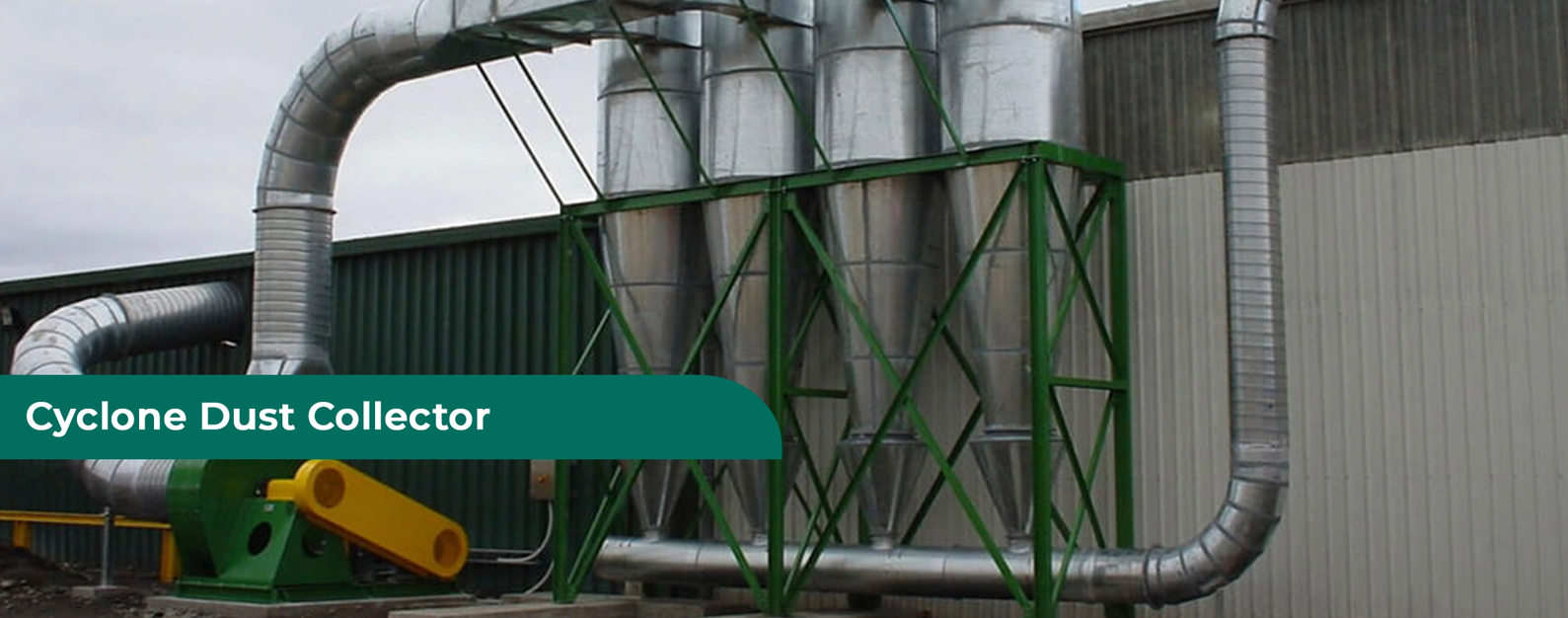When investing in a dust collection system, a key question many businesses face is whether to buy new or used. This decision goes beyond just the price tag. It affects long-term efficiency, maintenance needs, safety, and even compliance with environmental standards.
Whether you’re looking for a centralized dust collector, a cartridge dust collector, a manual dust collector, or a cyclone dust collector, the choice between new and used equipment can significantly impact your operations.
Why Dust Collectors Matter
Dust collectors aren’t just another industrial accessory—they’re essential for:
- Maintaining a clean, safe workspace
- Meeting environmental and health regulations
- Extending the lifespan of machinery
- Improving air quality for workers
The type of dust collector you choose and its condition will determine how effectively it can meet these needs.
Advantages of Buying a New Dust Collector
Purchasing a brand-new unit has some undeniable benefits:
1. Latest Technology
New models come with updated designs, better filtration efficiency, and energy-saving features. This means improved performance and lower operating costs over time.
2. Longer Service Life
Brand-new machines typically last longer, especially if properly maintained. You’re starting with a clean slate—no hidden wear and tear.
3. Warranty Protection
Most manufacturers offer warranties, giving you peace of mind if anything goes wrong during the initial years of use.
4. Compliance Assurance
New equipment is more likely to meet the latest safety and environmental standards without modifications.
Advantages of Buying a Used Dust Collector
On the other hand, a used system has its own set of benefits:
1. Lower Initial Cost
The most obvious advantage is that used dust collectors can cost significantly less upfront, freeing up budget for other needs.
2. Faster Availability
Used units are often readily available and can be installed more quickly than waiting for a new machine to be manufactured.
3. Proven Reliability
If the equipment has been well-maintained, it has already proven its durability in real-world conditions.
Potential Downsides to Consider
For New Dust Collectors:
- Higher purchase price
- Longer lead times for delivery and installation
For Used Dust Collectors:
- No or limited warranty
- Potential hidden issues like worn parts or outdated filtration systems
- May require costly repairs or upgrades to meet current standards
Cost-Benefit Analysis Breakdown
When weighing your options, consider the following:
FactorNew Dust CollectorUsed Dust Collector
Initial Cost High Low
Maintenance Costs are low in the early years, possibly higher
Efficiency High Varies
Compliance Guaranteed. May require upgrades
Service Life Longer Shorter
Making the Right Choice for Your Business
The right decision depends on:
- Budget constraints – Can you afford the higher upfront cost for long-term savings?
- Urgency – Do you need a system immediately?
- Usage requirements – Is your dust load heavy enough to require top-of-the-line efficiency?
- Future expansion plans – Will you need a system that can grow with your operations?
For example, if you run a high-volume manufacturing facility, investing in a new centralisedcentralized dust collector might save more in the long run due to higher efficiency and lower downtime. On the other hand, if you’re running a small woodworking shop and want to save costs, a quality used manual dust collector could do the job.
Tips for Buying a Used Dust Collector
If you lean toward used equipment:
- Inspect the system thoroughly before purchase
- Request maintenance and repair records
- Test the airflow and filtration efficiency
- Check if parts are still available from the manufacturer
- Ensure it can meet current compliance standards
Choosing between a used and a new dust collector is not a one-size-fits-all decision. Both options have clear advantages and drawbacks.
If budget and immediate availability are top priorities, a well-maintained used machine could be the answer. However, if you want maximum efficiency, reliability, and compliance assurance, investing in a new system—be it a cartridge dust collector or a cyclone dust collector—may offer better long-term value.



